Tired of constantly battling dog hair? You’re not alone! Many dog lovers dream of a canine companion without the endless shedding. Luckily, several small toy dog breeds offer the joy of companionship without the constant clean-up. This guide explores some of the best small dog breeds that don’t shed (or shed very little), helping you find the perfect low-shedding addition to your family.
Top Small Dog Breeds That Don’t Shed
Here’s a curated list of adorable, small dog breeds known for their minimal shedding:
Affenpinscher
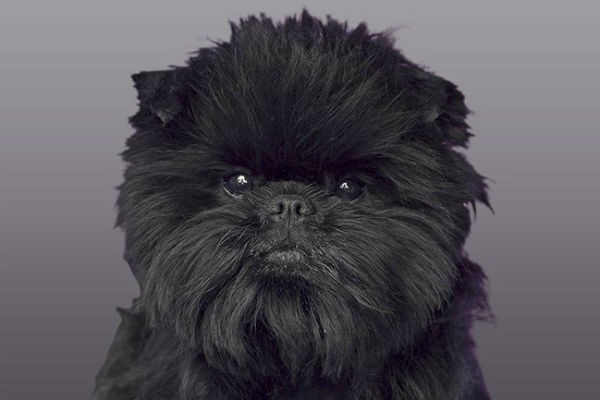 Affenpinscher enjoying a sunny day
Affenpinscher enjoying a sunny day
The Affenpinscher, whose name translates to “monkey-like terrier,” is a small dog with a big personality. These intelligent and fearless pups have a wiry coat that sheds very little and produces almost no doggy odor. A simple brushing twice a week with a slicker brush and comb keeps them looking their best. Their playful nature and low-shedding coat make them great companions for those seeking a low-maintenance and entertaining dog. The Affenpinscher’s history includes time spent as a ratter. Now they are better known as a house pet or companion dog.
Basenji
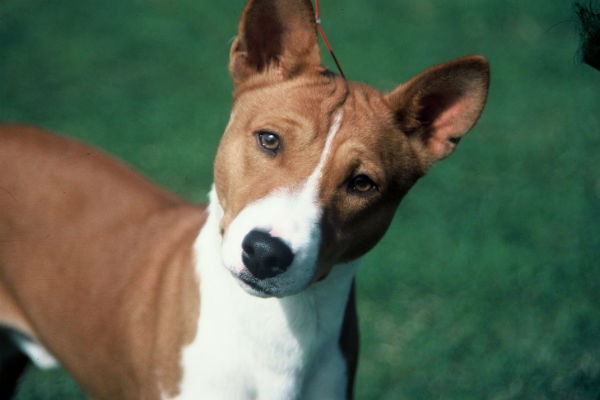 Basenji standing alert in a field
Basenji standing alert in a field
If you love the hound temperament but not the shedding and odor, the Basenji might be your perfect match. This small dog breed sheds minimally, and its short, fine coat requires only occasional brushing. Known for being quiet (they don’t bark, but yodel!), Basenjis are ideal for apartment living, provided they get plenty of daily exercise and playtime. These dogs are naturally curious and independent, which should be considered during training.
Bichon Frise
 Bichon Frise with a perfectly groomed coat
Bichon Frise with a perfectly groomed coat
The Bichon Frise is a truly non-shedding small dog breed. Their playful and affectionate nature makes them a great choice for allergy sufferers. However, their beautiful white coat requires significant upkeep. Frequent grooming, brushing, and occasional baths are essential to maintain their signature “powder-puff” look. The Bichon Frise can be prone to tear stains. Talk to your vet to determine the best way to clean the area around your Bichon Frise’s eyes and keep them healthy.
Bolognese
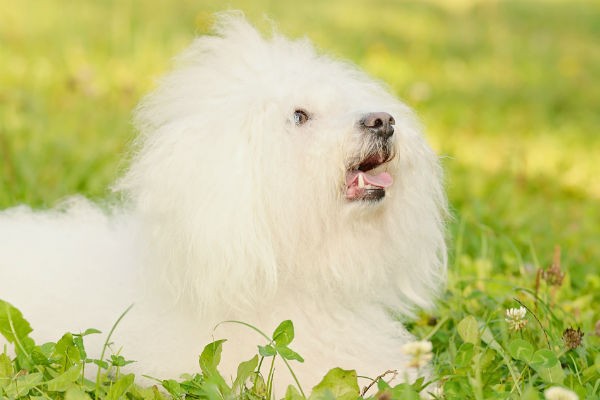 Bolognese dog with a fluffy white coat
Bolognese dog with a fluffy white coat
Similar to the Bichon Frise, the Bolognese boasts a distinctive fluffy coat made of hair instead of fur. They are non-shedding but require regular brushing to remove dead hair. Daily grooming is essential to keep these lovable lap dogs looking their best and prevent matting. The Bolognese is known for being intelligent and eager to please, which helps with training.
Brussels Griffon
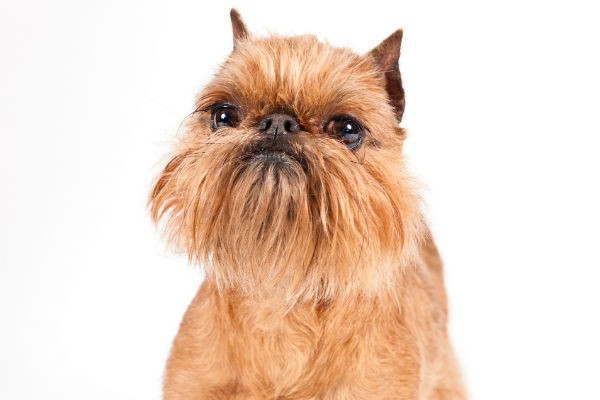 Brussels Griffon with a characteristic beard
Brussels Griffon with a characteristic beard
Despite their small size, Brussels Griffons are sturdy and don’t require constant pampering. Both smooth-coated and rough-coated varieties are minimal shedders with regular grooming. A daily walk and indoor playtime are usually sufficient for their exercise needs. These loyal little dogs thrive in homes where someone is frequently present. Brussels Griffons tend to bond strongly with one person, making them excellent companions.
Chinese Crested
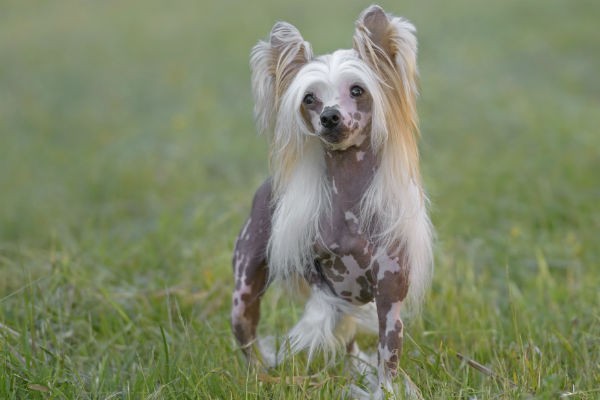 Hairless Chinese Crested dog
Hairless Chinese Crested dog
For the ultimate solution to shedding, consider a hairless breed like the Chinese Crested. They come in two varieties: hairless and powderpuff. Hairless Chinese Crested have hair only on their heads, tails, and feet, while the powderpuff variety is covered in a fine coat that sheds very little. Hairless dogs require extra skin care, including protection from the sun and cold, and are more susceptible to skin irritations. Regular bathing with a gentle shampoo is key for keeping the hairless variety’s skin healthy.
Coton de Tulear
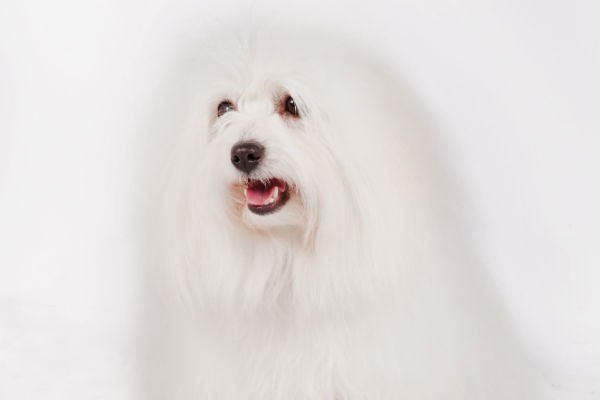 Coton de Tulear with a long, fluffy coat
Coton de Tulear with a long, fluffy coat
The Coton de Tulear possesses a distinctive long, fluffy coat that is considered hypoallergenic, making them a popular choice for allergy sufferers and those seeking a small dog that doesn’t shed. Daily grooming is necessary to maintain their coat, but their lighthearted and gentle personalities make the effort worthwhile. Coton de Tulears thrive on companionship and are known for their adaptability.
Havanese
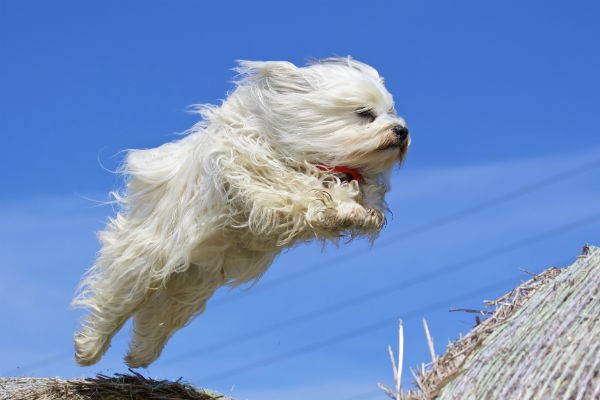 Havanese dog with a playful expression
Havanese dog with a playful expression
These charming Cuban natives offer both a spunky personality and a non-shedding coat. Weekly brushing and regular baths are needed to keep their coat clean and healthy. This means less time spent cleaning up hair and more time playing. Havanese dogs can suffer from separation anxiety, so they are best suited for homes where they won’t be left alone for long periods.
Maltese
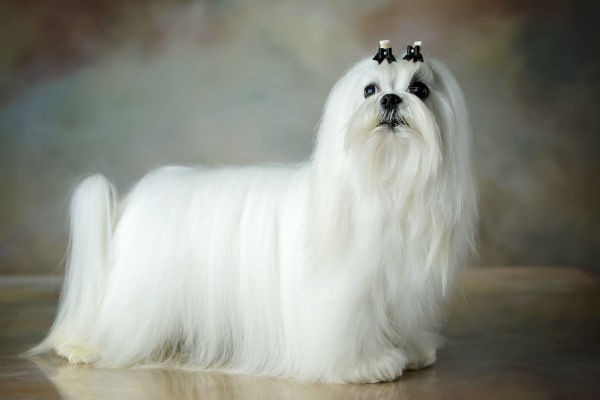 Maltese dog with a flowing white coat
Maltese dog with a flowing white coat
Maltese dogs have charmed people for millennia. This ancient breed boasts a long, white coat that sheds very little, making them an ideal lap dog. Regular brushing is essential to prevent mats, and occasional baths keep their silky hair clean. The small size of the Maltese can be deceiving. These dogs are energetic and need regular exercise to stay happy and healthy.
Lhasa Apso
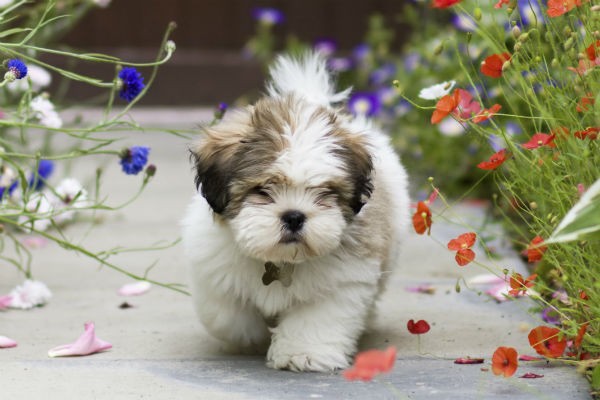 Lhasa Apso with a long, flowing coat
Lhasa Apso with a long, flowing coat
This small breed from Tibet makes an excellent companion. The Lhasa Apso is calm yet playful, enjoying both brisk walks and relaxing in their owner’s lap. They don’t shed, but their coats require maintenance. Many owners opt for a “puppy cut” to avoid daily grooming and brushing. Lhasa Apsos are known for their independence and can be wary of strangers.
Miniature Schnauzer
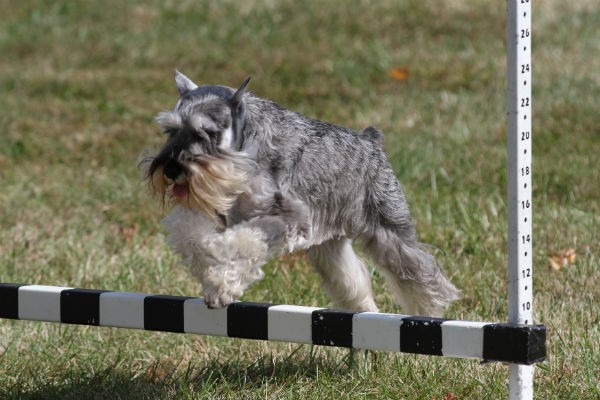 Miniature Schnauzer with its distinctive beard and eyebrows
Miniature Schnauzer with its distinctive beard and eyebrows
The Miniature Schnauzer is a smart, trainable, and cheerful little dog that strongly resembles the Standard Schnauzer. This Terrier sheds very little, and their adaptability makes them suitable for city or country living, as long as they are with their people. Weekly brushing and regular grooming are crucial to maintain their distinctive look. Miniature Schnauzers require regular exercise to stay physically and mentally stimulated.
Poodle (Toy and Miniature)
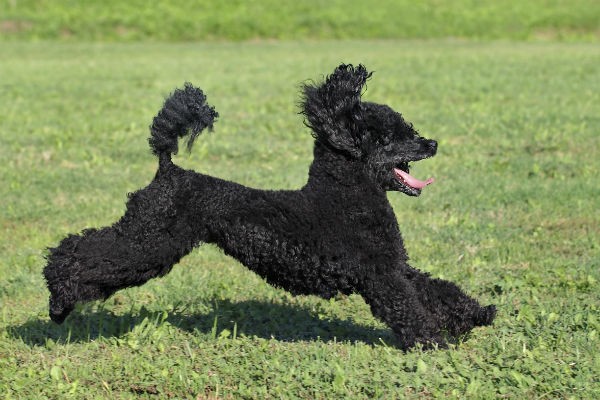 Poodle with a classic poodle cut
Poodle with a classic poodle cut
Poodles are often the first breed that comes to mind when considering non-shedding dogs, and for good reason. Miniature and Toy Poodles offer the same non-shedding and hypoallergenic qualities as Standard Poodles, but in a smaller size. All Poodles are highly intelligent, easy to train, and active. Their curly hair requires regular grooming, including professional clips.
Scottish Terrier
![]() Scottish Terrier with its iconic silhouette
Scottish Terrier with its iconic silhouette
The Scottish Terrier, or Scottie, is known for its boldness, confidence, and big personality. Their wiry, weather-resistant coat sheds very little but requires regular brushing, grooming, and occasional hand-stripping to maintain its health and breed standard. Scotties are clever and independent with strong prey drives, so caution is advised around smaller animals.
Shih Tzu
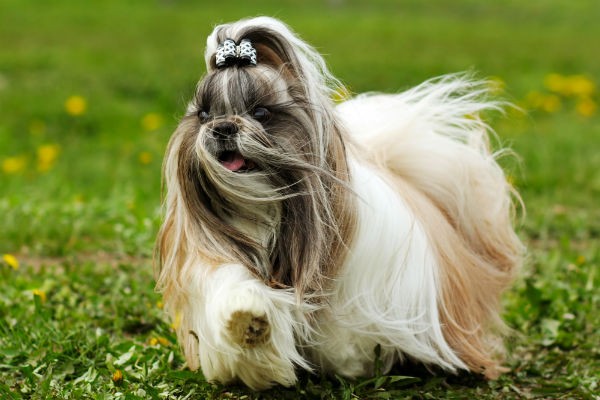 Shih Tzu with a long, flowing coat
Shih Tzu with a long, flowing coat
The Shih Tzu, a favored house pet of the Tang Dynasty, comes in various colors and patterns. Their long, silky hair is very low-shedding and looks exceptionally regal when brushed out, befitting their royal ancestry. Bred to be house pets, their gentle, trusting nature makes them exceptional companions. The Shih Tzu’s flat face can make them prone to breathing problems. It’s important to prevent them from overheating.
West Highland White Terrier
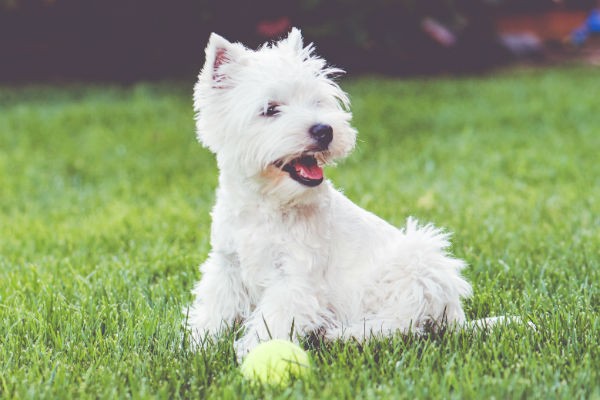 West Highland White Terrier looking alert
West Highland White Terrier looking alert
The coarse, white hair of the West Highland White Terrier (Westie) sheds very little. This sturdy little dog is intelligent, loyal, happy, and highly entertaining. Westies are curious dogs with moderate energy levels and an independent streak common among Terriers, which can make training a challenge at times.
Xoloitzcuintli
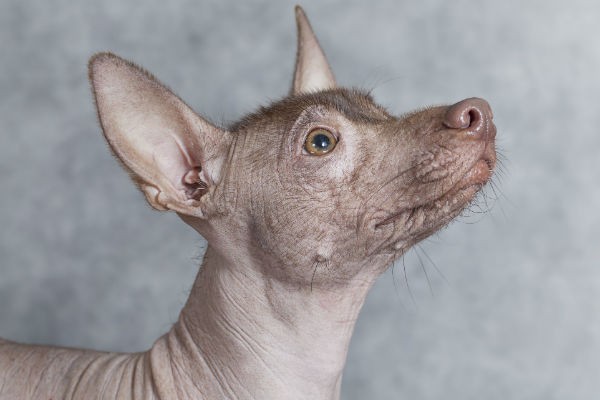 Hairless Xoloitzcuintli with its unique appearance
Hairless Xoloitzcuintli with its unique appearance
Also known as the Mexican Hairless, the Xoloitzcuintli is an ancient and rare breed that can be hairless or coated. Hairless varieties retain a small amount of hair on their heads, and the coated variety has a very short, fine coat that sheds minimally. The Xolo needs extra skin care to protect them from the elements. Xolos make attentive watchdogs and affectionate companions.
Yorkshire Terrier
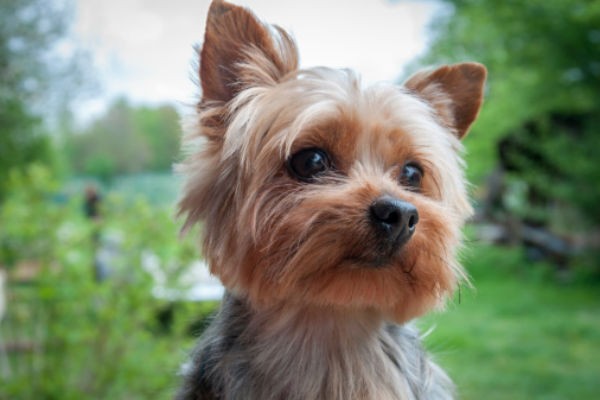 Yorkshire Terrier with a long, silky coat
Yorkshire Terrier with a long, silky coat
Sprightly, tomboyish, and affectionate, the Yorkshire Terrier (Yorkie) is full of personality. These spunky lap dogs do not shed, and their silky coats are beautiful when brushed out daily. Despite their regal appearance, Yorkies have working-class roots, having hunted rats in English clothing mills. Today, they are just as happy to sit on their owner’s lap.
Other Low-Shedding Terrier Breeds
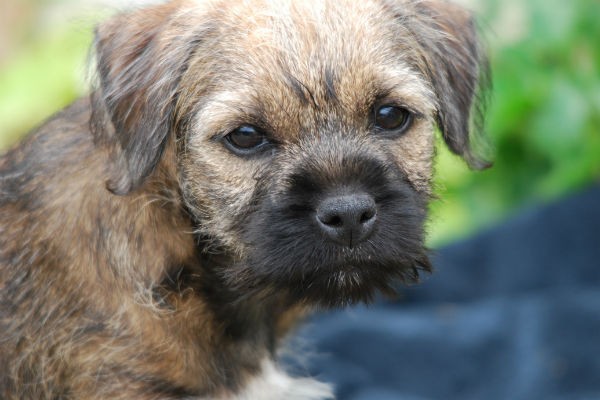 Border Terrier with a wiry coat
Border Terrier with a wiry coat
The Terrier group includes many small dogs that don’t shed or shed minimally. Wiry- and coarse-haired Terriers generally shed less than other breeds. Some other non- or low-shedding Terrier breeds include:
- Border Terrier
- Cairn Terrier
- Dandie Dinmont Terrier
- Lakeland Terrier
- Norfolk Terrier
- Norwich Terrier
- Sealyham Terrier
- Welsh Terrier
Important Considerations
While these small dog breeds offer the benefit of minimal shedding, remember that no dog is truly maintenance-free. All dogs require regular grooming, exercise, and veterinary care. Thoroughly research any breed you are considering to ensure it aligns with your lifestyle and preferences. Always purchase dogs from reliable breeders. Responsible breeders prioritize the health and well-being of their dogs. Feed your dog a high-quality diet and take them to the vet for regular checkups to ensure they live a long and happy life.
